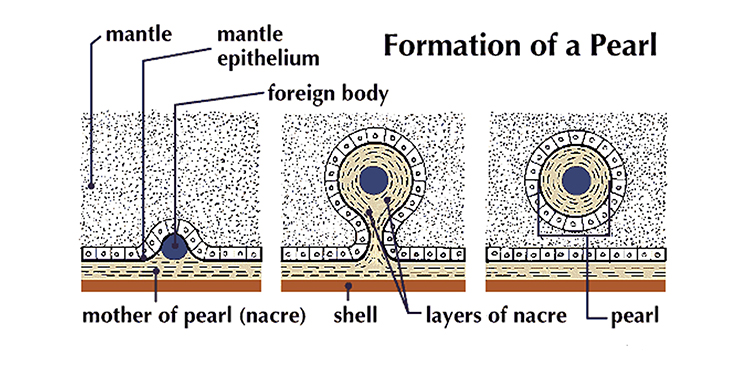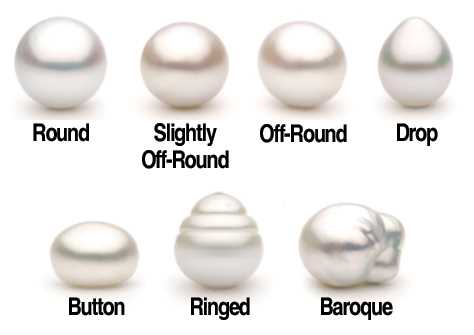
The Birth of a Pearl: Nature's Gentle Alchemy
Share
Far beneath the surface of calm waters, inside the protective shell of a mollusk, something rare begins to take form — not forged by fire, but by time, patience, and a quiet act of self-protection.
A Beautiful Response to an Intrusion
Pearls begin their life when a foreign particle — like a grain of sand, a parasite, or a piece of broken shell — finds its way inside a mollusk such as an oyster, mussel, or clam . It's an uninvited guest that disturbs the soft inner tissue of the creature.
But instead of rejecting it violently, the mollusk responds with elegance: it wraps the irritant in countless layers of a silky substance called nacre , also known as mother-of-pearl.
Nacre is made of microscopic crystals of calcium carbonate and proteins, arranged in a way that reflects light in soft, iridescent waves. Over time, this layered coating builds up to become what we recognize as a pearl — smooth, luminous, and perfectly imperfect.

Natural vs. Cultured Pearls
- Natural pearls are extremely rare and form entirely by chance in the wild. Divers once searched for them for weeks and found only a few.
- Cultured pearls are created with a little help: a tiny bead or piece of tissue is gently placed into the mollusk by hand. From there, nature takes over. The pearl grows organically in the same way — through years of nacre layering — making it just as real and precious.
Whether natural or cultured, no two pearls are ever the same . Their size, shape, glow, and color are influenced by the species of mollusk, the water's temperature and purity, and the time they are allowed to grow — usually between 6 months to several years.

Types of Pearls
Pearls come in many varieties:
- Freshwater pearls , often grown in lakes and rivers, known for their irregular shapes and soft pastel colors.
- Saltwater pearls such as Akoya, Tahitian, and South Sea, which tend to be rounder and have a higher luster.
- Baroque pearls , with their organic, asymmetrical shapes — each one a tiny sculpture of nature.

A Symbol of Transformation
Pearls are often called the “tears of the sea,” but they are really symbols of resilience and transformation . From an irritation, a treasure is born — slowly, quietly, and without force.
At RIFF THE LABEL , we choose pearls not only for their beauty, but for what they stand for. Each one tells a story of time, softness, and strength — just like the people who wear them.

